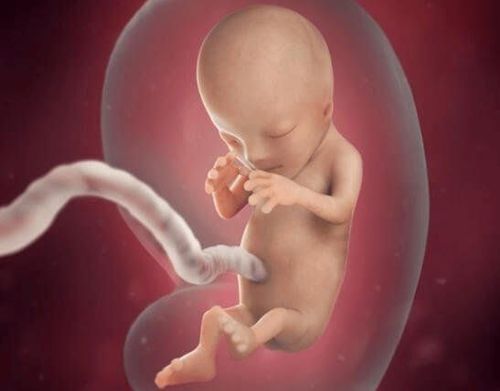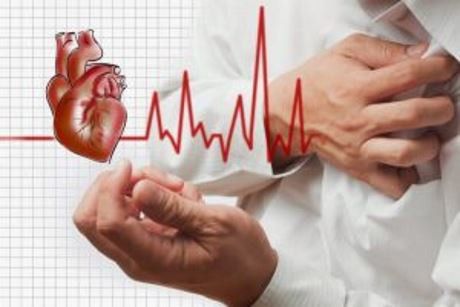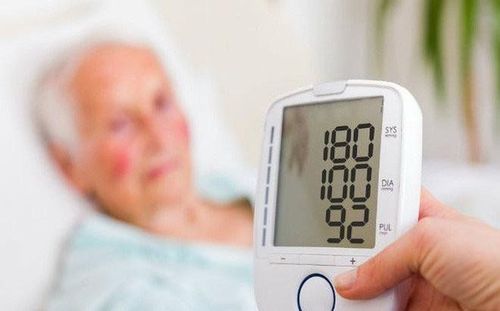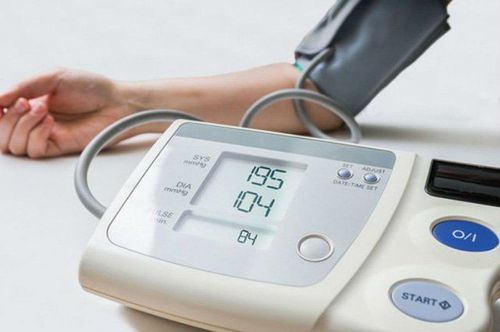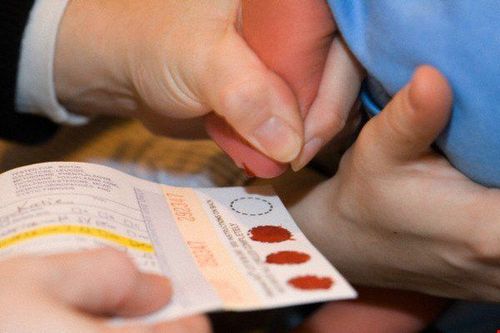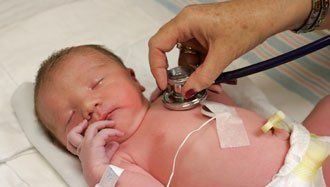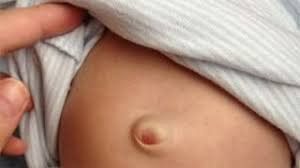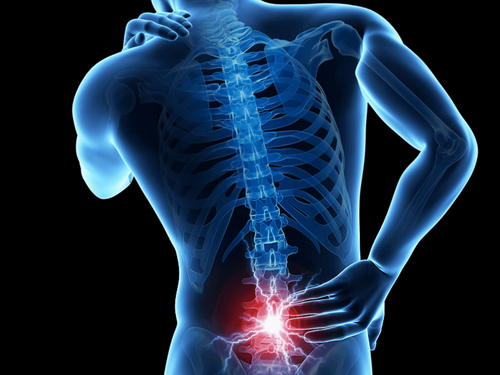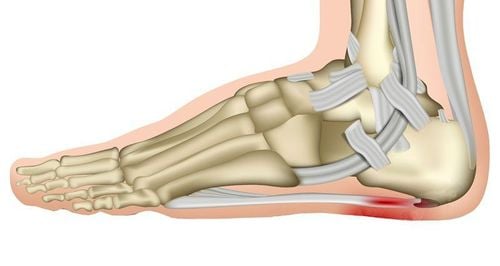Nội dung bạn đang tìm kiếm không có phiên bản tiếng Việt.
Vui lòng chọn tiếp tục để xem nội dung tiếng Anh hoặc đi đến trang chủ Tiếng Việt.
Rất xin lỗi về sự bất tiện này.

Home
Tag Cerebral palsy
Articles in Cerebral palsy

Diagnosis of swallowing disorders in children with cerebral palsy
Motor dysfunction of the oral and pharyngeal areas due to neuromuscular dysfunction and swallowing disorders is a fairly common problem in children with cerebral palsy, especially in children with severe cerebral palsy.
Xem thêm
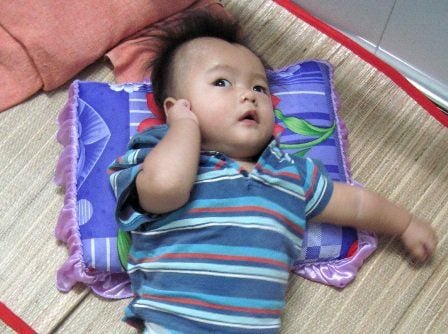
Swallowing disorders in children with cerebral palsy
Swallowing disorders are difficulties in any stage of the swallowing process. Swallowing disorders can be caused by structural or functional defects of the oral cavity, pharynx, larynx, esophagus, such as cleft palate, jaw hypoplasia, neuromuscular diseases...
Xem thêm
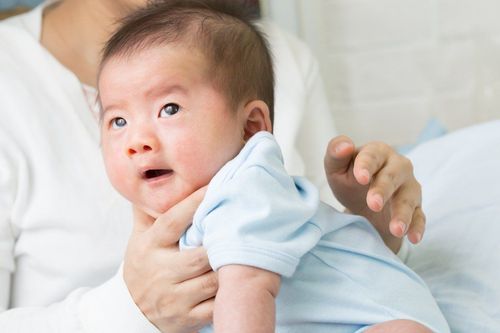
Treatment of swallowing disorders in children with cerebral palsy
Swallowing disorders are common in children with cerebral palsy. Brain damage caused by diseases before, during and after birth in children with cerebral palsy not only affects the movement of muscle groups in the arms, legs and trunk, these injuries also affect the movement of the jaw, face, mouth, tongue, pharynx, and even esophageal spasms, causing children with cerebral palsy to have problems controlling food, drink and swallowing ability.
Xem thêm

Causes and signs of children with cerebral palsy
Cerebral palsy is a term used to describe a group of non-progressive medical conditions caused by prenatal, intrapartum and postnatal factors up to the age of 5, resulting in multiple disabilities in motor, mental, sensory and behavioral functions...
Xem thêm
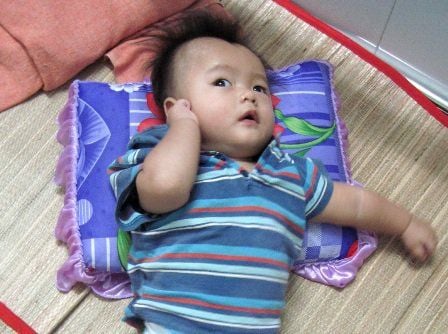
Recognizing signs of cerebral palsy in children under 1 year old
Congenital cerebral palsy is a brain injury that occurs in about 2/1,000 children born, accounting for about 30 - 40% of all children with disabilities. Cerebral palsy in infants is more common in boys than girls, occurring before birth, during birth, after birth until 5 years old. Cerebral palsy is manifested by abnormalities in body movement and posture.
Xem thêm

Identifying children with developmental disorders
Children with developmental disorders often have problems with attention, memory, cognition, language, problem-solving, or social interaction. These problems can range from mild to severe and can be easily managed with behavioral and educational interventions or may require more support.
Xem thêm

Be careful when giving children a lot of functional foods
Using functional foods for children is a popular choice of parents today. However, giving children functional foods must be done properly to be effective, and if children take too many functional foods, it can cause certain health problems.
Xem thêm

Premature babies need to check what?
The risk of premature birth increases significantly if the gestational age of the baby is too small when the baby is born. At the same time, the risk of premature birth also depends on the factors that care for the baby in the first months. Accordingly, parents need to prepare knowledge about what premature babies need to check to prepare for their baby.
Xem thêm
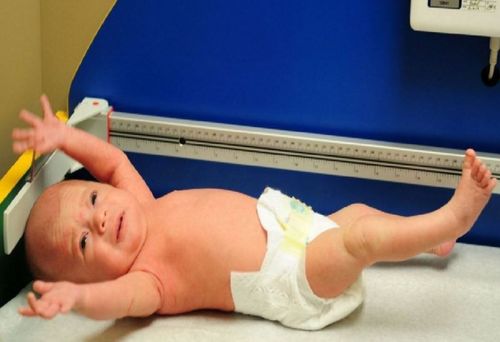
Increased muscle tone in infants
Neonatal hypertonia is a condition in which there is too much muscle tone. The most obvious sign of neonatal hypertonia is that the baby looks stiff and has difficulty moving his or her muscles. An injury or condition that affects the function of the central nervous system is often the cause of hypertonia. Physiological cases of neonatal hypertonia will improve quickly if treated.
Xem thêm
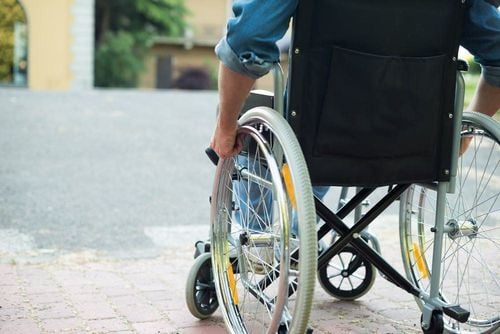
Secondary injury prevention
Secondary disabilities are sequelae that occur after a certain disease. This condition seriously affects the patient's life and activities. Therefore, it is necessary to have reasonable measures to prevent secondary disabilities and support the patient to recover as much as possible.
Xem thêm
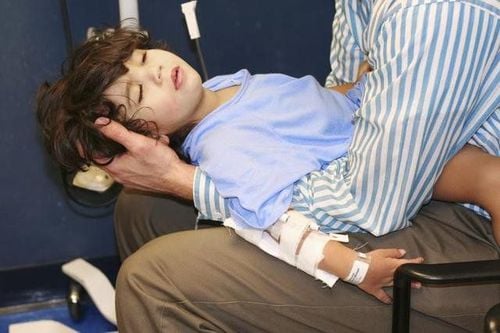
Diagnosis and treatment of status epilepticus
Status epilepticus is the most severe and extreme type of epilepsy, causing stroke or encephalitis. People with epilepsy usually have seizures of similar length and will usually stop. However, seizures in status epilepticus do not stop or have a recovery period.
Xem thêm




